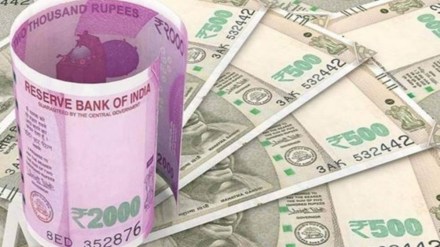Whether or not to provide a universal basic income (UBI)—a sum of money provided by the State to all citizens to take care of the bare necessities of life—is an idea that does not appear to go away. If an earlier chief economic advisor proposed it as a “conceptually appealing idea” in the Economic Survey for 2016-17, the current CEA, V Anantha Nageswaran, has disposed of it, stating it was not necessary for the country. Not so long ago, a UBI was also recommended in a report on inequality commissioned by the Economic Advisory Council to the prime minister. A member of Niti Aayog also backed the provision of a quasi-universal basic rural income. A UBI or quasi-UBRI scheme has considerable appeal among economic reformers who prefer a minimalist State, as it represents a possible alternative to various social welfare programmes that are not effective in bringing down poverty levels. It is far better instead to scrap these programmes and subsidies and provide a direct cash transfer to the beneficiaries.
The current CEA feels that a UBI is not needed, as India needs to focus more on economic growth to take care of the aspirations of its people, adding that it should not be on the agenda over the near-term. The larger question as to whether the benefits of growth trickle down to take care of poverty and other aspirations of the people certainly deserve greater public discussion.
More debate, however, is warranted on the CEA’s specific objections to a UBI as it creates “perverse incentives” in dissuading people from making their own efforts to seek income-generating opportunities. In other words, a UBI contributes to a backward-bending supply curve for labour as people substitute time previously for paid work for greater leisure. However, a couple of pilot studies done in Madhya Pradesh in 2011, funded by UNICEF and coordinated by the Self-Employed Women’s Association, do not support his reservations. In the first pilot, eight villages were chosen, wherein every man, woman and child was provided with a monthly payment of initially Rs 200 for each adult and Rs 100 for each child.
Subsequently, these payments were raised to Rs 300 and Rs 150, respectively. The second pilot was held in a tribal village, where every adult and child was paid Rs 300 and Rs 150, respectively, every month for 12 months. Another tribal village was used as a comparison. The results indicated that people who received unconditional cash transfers did not use it to increase leisure and reduce work. More such studies are needed across India to examine whether a UBI incentivises working less.
While the CEA’s concerns merit attention, the fact is that the UBI genie is already out of the bottle. There is already a critical mass of quasi-UBRI schemes that have been implemented in various states like Rythu Bandhu of Telangana or Krushak Assistance for Livelihood and Income Augmentation or KALIA of Odisha. Leveraging their best practices to make the Pradhan Mantri Kisan Samman Yojana—that transfers a sum of money to small and marginal farmers—more inclusive by including agricultural and non-farm labour will make it a nationwide quasi-UBRI scheme. This is but a step away from a more ambitious UBI scheme. For such reasons, the speculation on a UBI scheme will not go away as it is an idea whose time has perhaps come.
